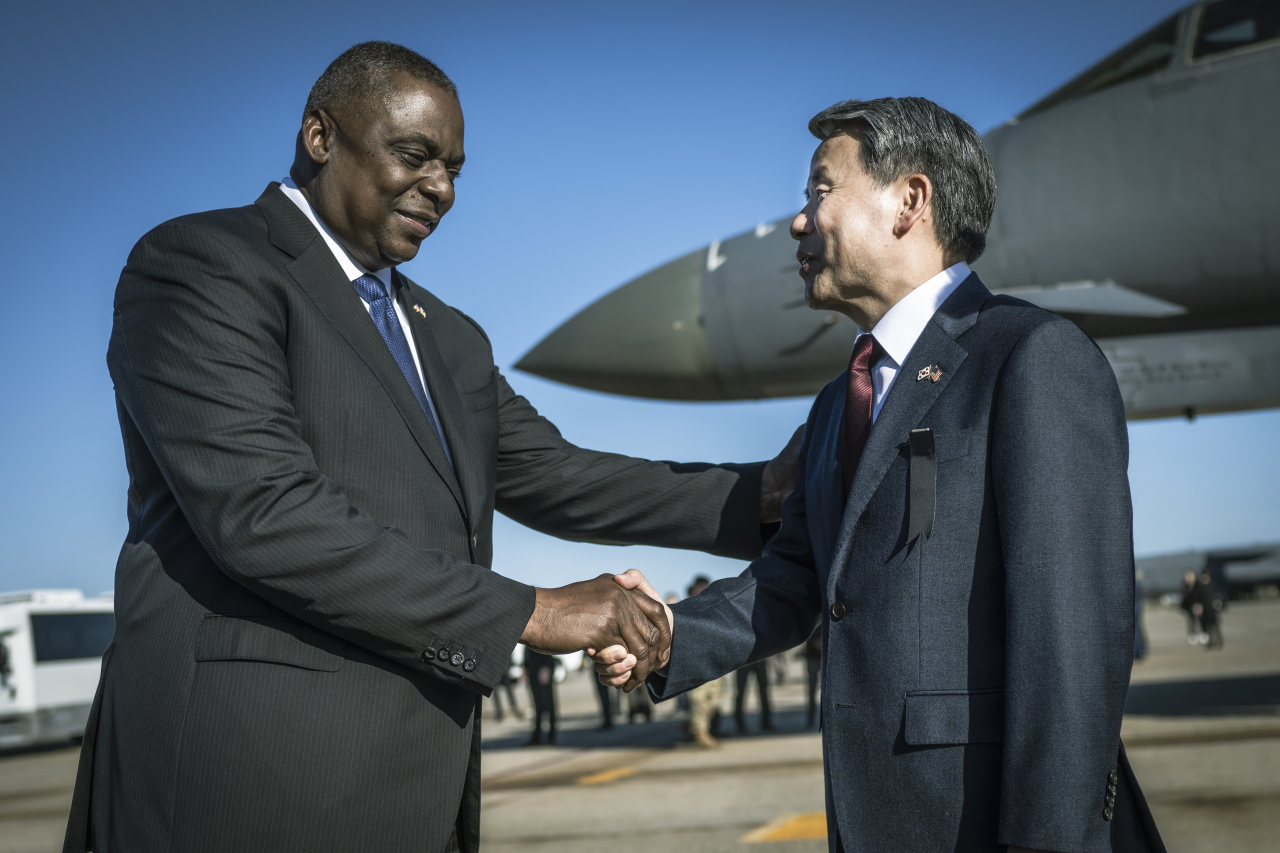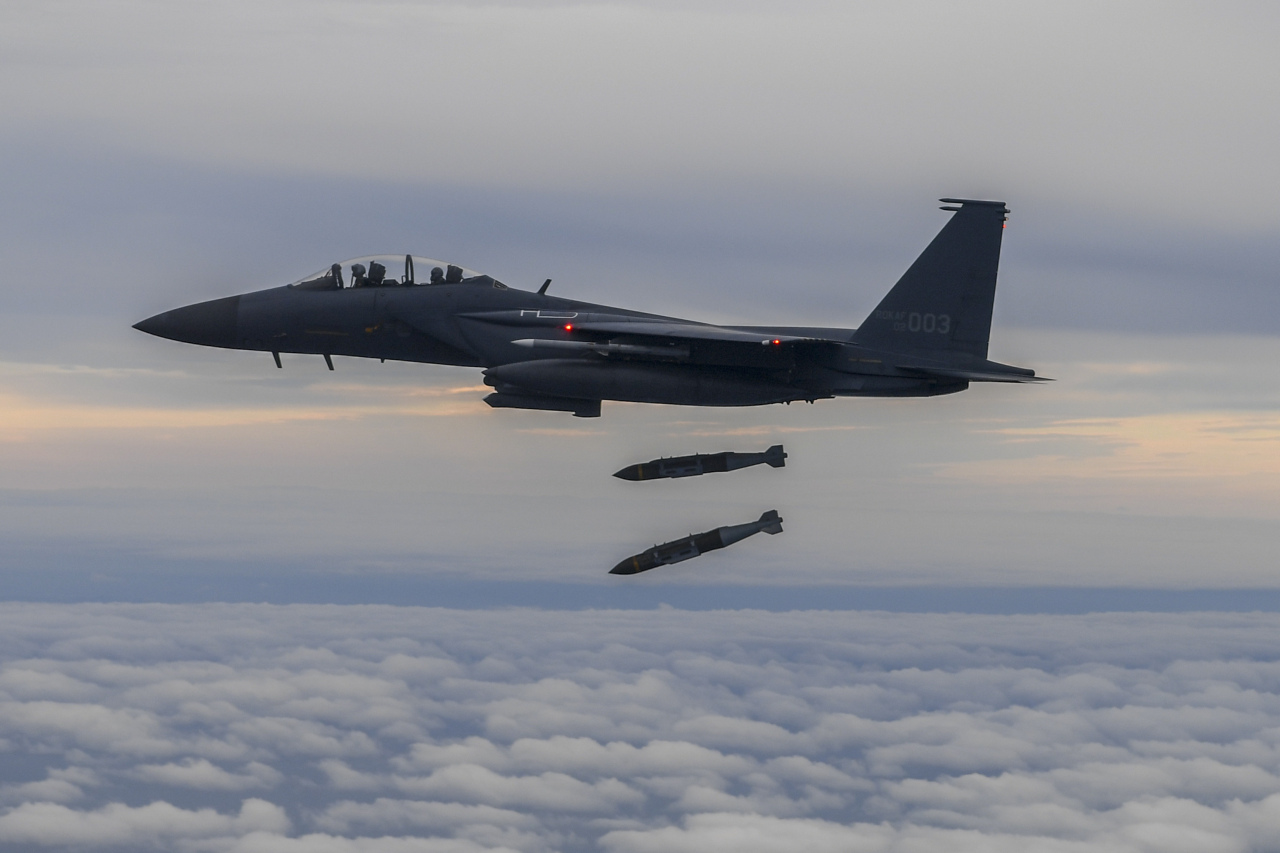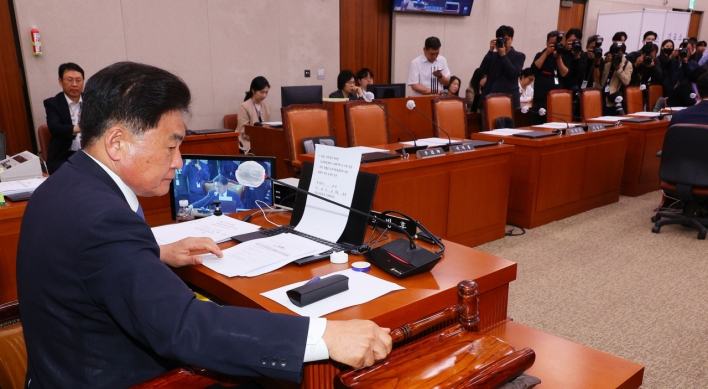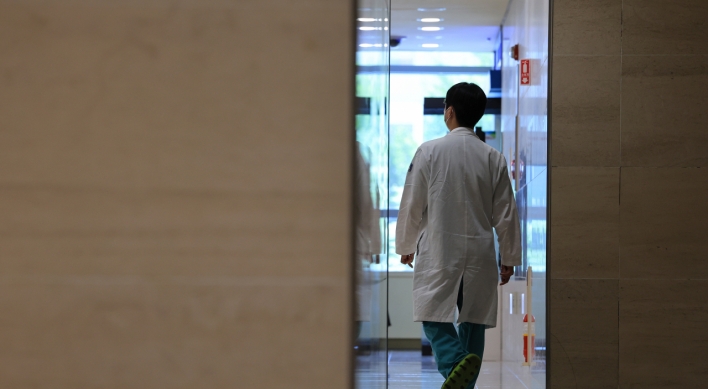US should prepare to redeploy tactical nukes in Korea, says group of US experts
S. Korea, US should consider redeployment as last resort, however
By Ji Da-gyumPublished : Jan. 20, 2023 - 00:00

But Seoul and Washington should consider bringing back US tactical nuclear weapons to South Korea as a last resort, the bipartisan, 14-member Commission on the Korean Peninsula organized by the US Center for Strategic and International Studies underscored in a report on North Korea policy and extended deterrence.
“The allies should not under current circumstances redeploy US tactical nuclear weapons to the Korean Peninsula nor condone the acquisition of nuclear weapons by South Korea,” the report said. But the report also pointed out that North Korea’s advancement of missile capabilities and its escalating threats to use nuclear weapons for offensive purposes have led South Koreans to “question the credibility of US extended deterrence in recent years.”
In that sense, the commission emphasized that the allies publicly “should acknowledge quiet alliance conversations about the potential redeployment of the US tactical nuclear weapons and possible preliminary measures” to bolster the psychological or physical aspects of US extended deterrence. Extended deterrence is the US commitment to deter or respond to coercion and external attacks on US allies and partners with the full range of its military capabilities, including nuclear weaponry.
Seoul and Washington, therefore, “should consider tabletop planning exercises” to prepare for the possible redeployment of the US low-yield, tactical nuclear weapons “at some point in the future,” according to the commission co-chaired by Joseph S. Nye, a professor at Harvard University and a former US assistant secretary of defense, and CSIS President John Hamre.
The report specifically suggested the allies work on mapping out possible locations for facilities for tactical nuclear weapons and study the environmental impacts of redeployment as part of the tabletop planning exercises.
South Korea and the US could conduct joint training on nuclear safety and security, including security of nuclear weapon storage, incident response and recovery operations, to prepare for the redeployment.
The US Air Force could also make F-16 Fighting Falcons currently deployed in South Korea or F-35 stealth fighter jets, which have been developed to replace aging F-16s, ready for nuclear strike missions, the commission proposed as part of the planning exercises.

“The committal, physical steps would only be pursued if North Korean threat levels continued to escalate after other options to strengthen extended deterrence were exhausted,” the report read, citing building nuclear weapons storage facilities as one example.
“Decisionmaking would be calibrated to shifts in the security environment and the North Korean threat level,” said the commission, underscoring that “planning should be explicitly pre-decisional.”
More importantly, the option of staging tabletop planning exercises will enable the allies to enhance their deterrence without putting two key purposes of US extended deterrence commitment into conflict. The key goals are to deter North Korean aggression in all of its forms and prevent further nuclear proliferation.
“This type of pre-decisional preparatory framework would signal commitment to the allies and resolve to North Korea while not yet crossing the proliferation threshold.” the commission said. “It would also create new pressure on North Korea to stop ratcheting up threat levels if it does not want to see US tactical nuclear weapons return to the peninsula.”
The US deployed tactical nuclear weapons, or nonstrategic nuclear weapons, on the Korean Peninsula between 1958 and 1991. In December 1991, the two Koreas signed the Declaration on the Denuclearization of the Korean Peninsula, pledging not to produce, possess, store, deploy or use nuclear weapons.
The commission also called for the US military to adjust its regional strategic and nuclear posture in the region and improve its national missile defense capabilities vis-a-vis North Korea.
The continuous presence in the region of either US submarines equipped with nuclear cruise missiles or strategic bombers was proposed as an option. The US should also consider potentially allowing South Korea to acquire and deploy US dual-capable fighters — which can perform conventional and nuclear strike missions — and investing in infrastructure to that end.
The commission also suggested the US should “move South Korea to the top of the list” for the purchase of an additional US-made Terminal High Altitude Area Defense system — which can intercept incoming missiles at altitudes between 40 and 150 kilometers — in light of the “urgency of the North Korean missile threat.” A first THAAD battery was installed in North Gyeongsang Province in 2016.










![[Kim Seong-kon] Democracy and the future of South Korea](http://res.heraldm.com/phpwas/restmb_idxmake.php?idx=644&simg=/content/image/2024/04/16/20240416050802_0.jpg&u=)








![[Today’s K-pop] Zico drops snippet of collaboration with Jennie](http://res.heraldm.com/phpwas/restmb_idxmake.php?idx=642&simg=/content/image/2024/04/18/20240418050702_0.jpg&u=)